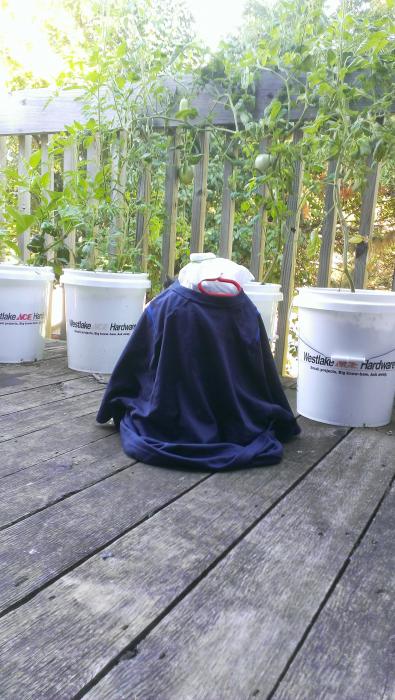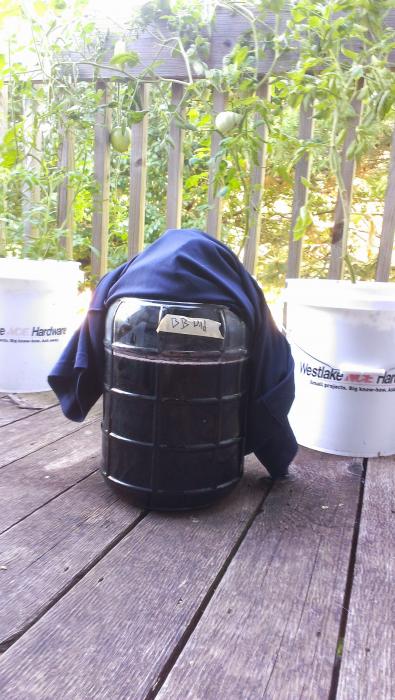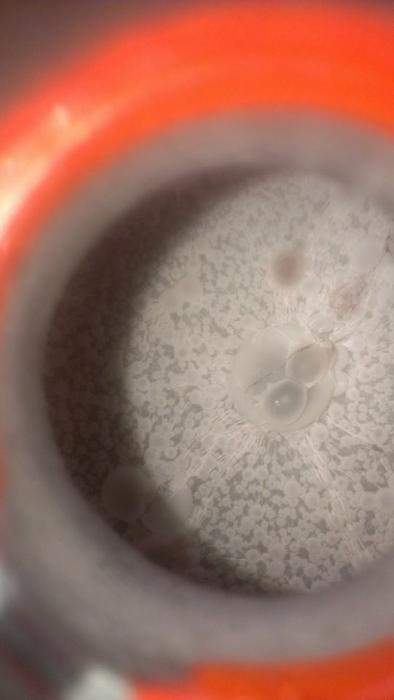marvaden
Well-Known Member
I have been trying to think of unique things to do and was thinking about making a sour wine. Well, it ends up that there is a term for it based in Roman times, Posca. I was wondering if any of you have ever given this a try.
I am thinking of throwing Wyeast's Roeselare blend in as the yeast of the wine instead of the packet that comes with whichever wine kit that I end up buying. I will most likely throw a wood dowel into the carboy to get a bit of that flavor as well.
However, I am undecided what style of wine I will want to use in this experiment. The ones I am kicking around are Riesling, Merlot, Pinot Noir, and Pinot Blanc.
I am anticipating that I will have to feed this experiment with yeast nutrient as I go. I don't know if I should add any of the normal packets that will come with the wine kit or not. I don't know if they will hinder the sour notes or help the experimental wine to become more palatable.
Should I acquire a small barrel to bulk age this after I let it go for a year or do you think I should bottle age it?
Any ideas or words of caution before I get this experiment underway?
I know coriander was typically used as the spice, so I might have to come up with a good spice blend for this as well.
I am thinking of throwing Wyeast's Roeselare blend in as the yeast of the wine instead of the packet that comes with whichever wine kit that I end up buying. I will most likely throw a wood dowel into the carboy to get a bit of that flavor as well.
However, I am undecided what style of wine I will want to use in this experiment. The ones I am kicking around are Riesling, Merlot, Pinot Noir, and Pinot Blanc.
I am anticipating that I will have to feed this experiment with yeast nutrient as I go. I don't know if I should add any of the normal packets that will come with the wine kit or not. I don't know if they will hinder the sour notes or help the experimental wine to become more palatable.
Should I acquire a small barrel to bulk age this after I let it go for a year or do you think I should bottle age it?
Any ideas or words of caution before I get this experiment underway?
I know coriander was typically used as the spice, so I might have to come up with a good spice blend for this as well.









